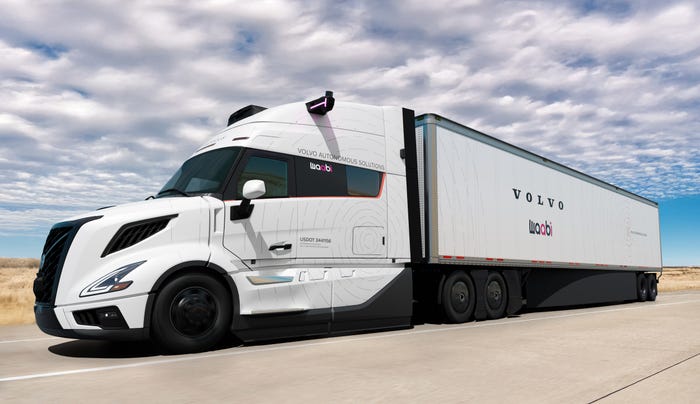Bluetooth SIG Exec on Why Bluetooth Mesh Is an IIoT EnablerBluetooth SIG Exec on Why Bluetooth Mesh Is an IIoT Enabler
September 25, 2018

Bluetooth SIG’s Director of Developer Relations and Evangelism Jim Katsandres shares why Bluetooth mesh is a good fit for smart lighting, smart buildings and smart industrial environments.
More than two decades ago, Intel, Ericsson, Nokia, Toshiba and IBM were looking to create a standardized form of short-range radio communications. Eventually, the companies settled on the name “Bluetooth,” for the project — named after a 10th-century king who unified unruly Danish tribes in his kingdom. Fast forward to 2018, and the Bluetooth Special Interest Group expects almost 4 billion devices to ship with the communications technology. The nonprofit organization sees the industrial applications of Bluetooth expanding, thanks to its launch of mesh networking and Bluetooth 5, a low-energy specification that offers four times the range, twice the speed and eight times the broadcasting message capacity over the previous version.
Jim Katsandres, Bluetooth SIG’s director of developer relations and evangelism, sees Bluetooth continuing to be a unifying technology platform two decades after its inception. “With our mesh specification, we are actually a platform for IoT devices and IoT applications,” he said.
One of the factors leading to the development of Bluetooth mesh was demand from the commercial lighting sector. A working group within the organization sprouted up to look into applying Bluetooth technology to environments with numerous lights spread out in large environments such as warehouses and stadiums. With many of the members experts in existing wireless technologies, they developed a strategy to support mesh that would add enable thousands of lights to turn instantly, with no perceptible delay. “You couldn’t actually do that with any other technology,” Katsandres said. “You couldn’t do routing tables.”
The reach of the technology can easily be expanded to include large commercial environments. If you have a large commercial space with a network of Bluetooth-mesh lights, a single switch would allow an operator to turn on lights “hundreds and hundreds of feet away,” Katsandres explained. “And then you put a few relays on there and they’re going out to another several hundred. And so you can see really quickly, with only a few relays, in a few hops you, you can turn on a whole stadium of lights,” he added. “And of course with the modern technology has state of the art security.”
[Industrial IoT World is the event that takes IIoT from inspiration to implementation, supercharging business and operations. Get your ticket now.]
The Bluetooth mesh technology supports publish-subscribe architecture. “You can name groups of sensors,” Katsandres said.“You might have a group called ‘southwest building’ and the lights inside it would subscribe to the message for the southwest building.” A light switch then publishes a message saying essentially ‘southwest clients, turn it on.’” The switch doesn’t have to determine which lights it needs to communicate to it. “All it does is publish that message and these lights have subscribed to that message.” The publish-and-subscribe architecture supports the scale and performance of wide-scale lighting implementations.
Bluetooth mesh architecture also supports information-centric networks that can provide an alternative to cloud communications. “Bluetooth mesh nodes have a ‘state’ and understand what’s happening. That capability is a natural vehicle for not only other sensors for asset tracking, but also for predictive-analytics capabilities,” he added.
Bluetooth mesh is also well suited for smart buildings, as well as a wide range of other applications, Katsandres said. “One of the advantages of Bluetooth is that, if you have a technology that’s going to be around for a while, we have a broad base of support — 34,000 members,” he explained. The number has nearly doubled in the past five years and continues to grow. “When you pick a technology, you’re making a bet. As sensors go from being added on to a product to being built in and baked into a product — hundred thousand dollar harvesters, machine drill presses, you’re actually putting in a technology into that tool that could be around for 30 or 40 years,” he added. “The advantage of Bluetooth is that we control the radio all the way up to the application layer. We can make sure that a Bluetooth technology you buy 30 or 40 years into the future will work with one you bought today.”
About the Author
You May Also Like



.jpg?width=300&auto=webp&quality=80&disable=upscale)


